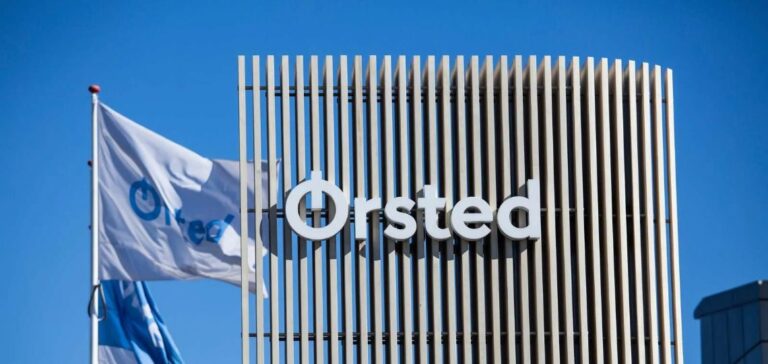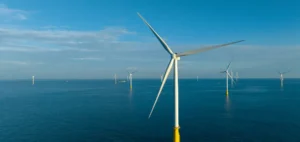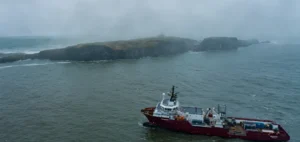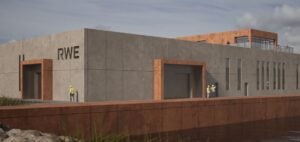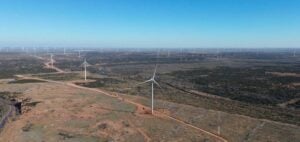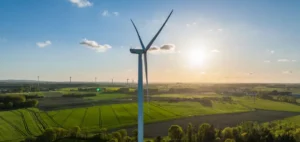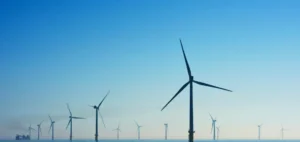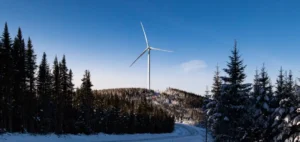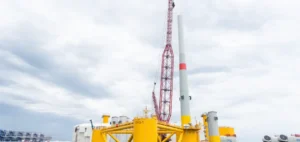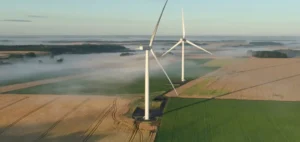The Danish company Ørsted, renowned for its transition from fossil fuels to renewable energy, is experiencing a turbulent period. The challenges encountered in the American market, along with issues in the supply chain and rising interest rates, are prompting the group to reassess its management strategy.
Context of the Shakeup
The CEO, Mads Nipper, who had been in office for four years, announced his immediate resignation. He is replaced by Rasmus Errboe, his deputy who has been with the group for 13 years. This leadership change comes at a time when Ørsted has suffered a loss of investor confidence, as evidenced by an approximately 80% drop in stock value since January 2021. Recent announcements have revealed significant impairments, notably €1.6 billion in January, due to delays in offshore wind projects in the United States.
The offshore market faces multiple obstacles.
Challenges in the Offshore Market
Delays in the Sunrise Wind project, located off the coast of Montauk in New York State, exemplify the complex regulatory and logistical environment in the U.S. The Trump administration’s decision to freeze operating permits has exacerbated these difficulties, resulting in notable financial losses for the group. Bottlenecks in the supply chain and unfavorable changes in financing conditions further complicate the implementation of wind projects.
The current challenges are prompting Ørsted to reorient its priorities.
Responses and Perspectives
In response to these issues, the board, chaired by Lene Skole, has indicated a “change in orientation” to tackle the new market constraints. The strategy adopted includes reinforcing the European portfolio, with the group set to release its annual results on February 6. Additionally, state support initiatives are being considered, with the possibility of aid to guarantee 2 to 3 GW of offshore wind capacity, addressing the difficulties encountered during a previous tender process.
The investment by the Norwegian operator Equinor, which now holds 9.8% of the capital, underscores the significance of strategic repositioning in a rapidly evolving sector.

